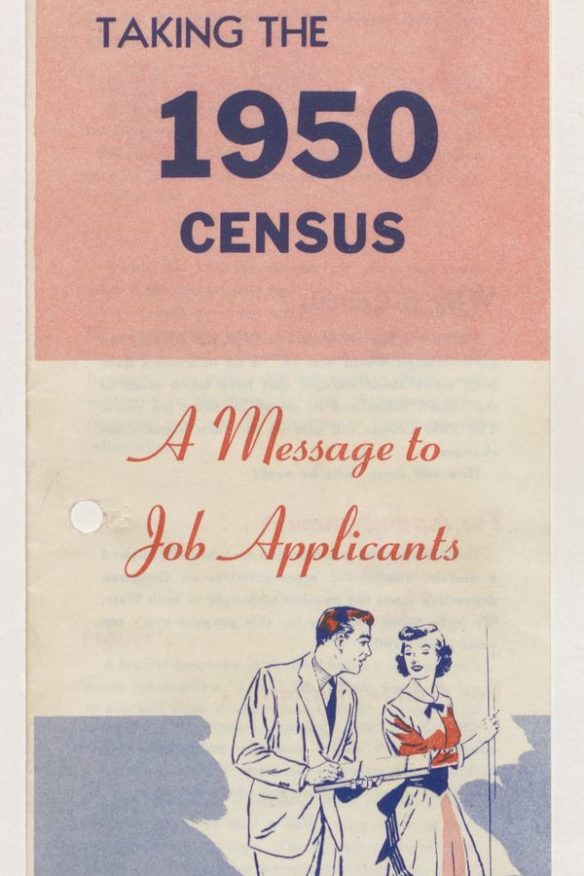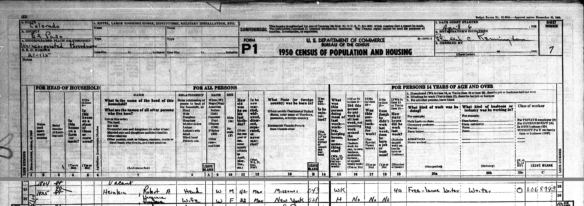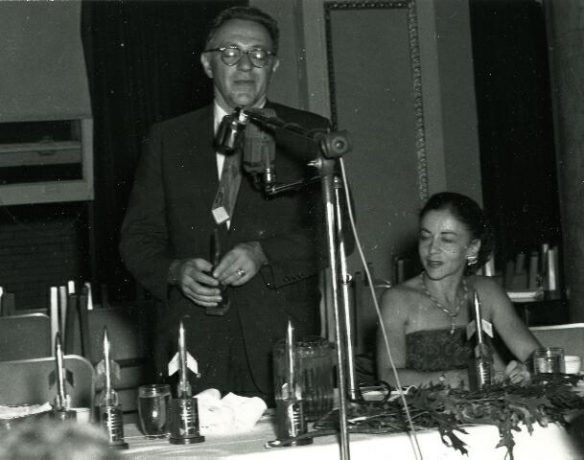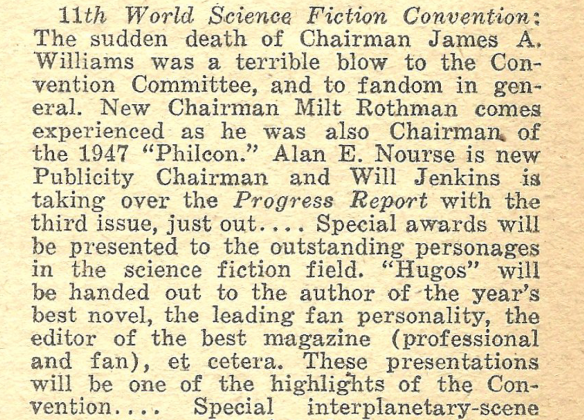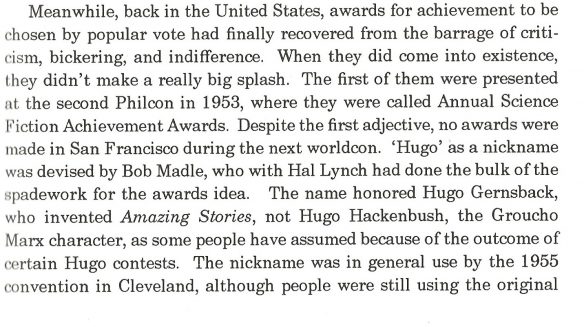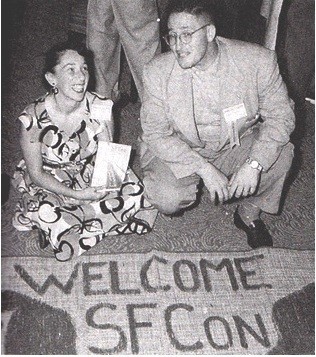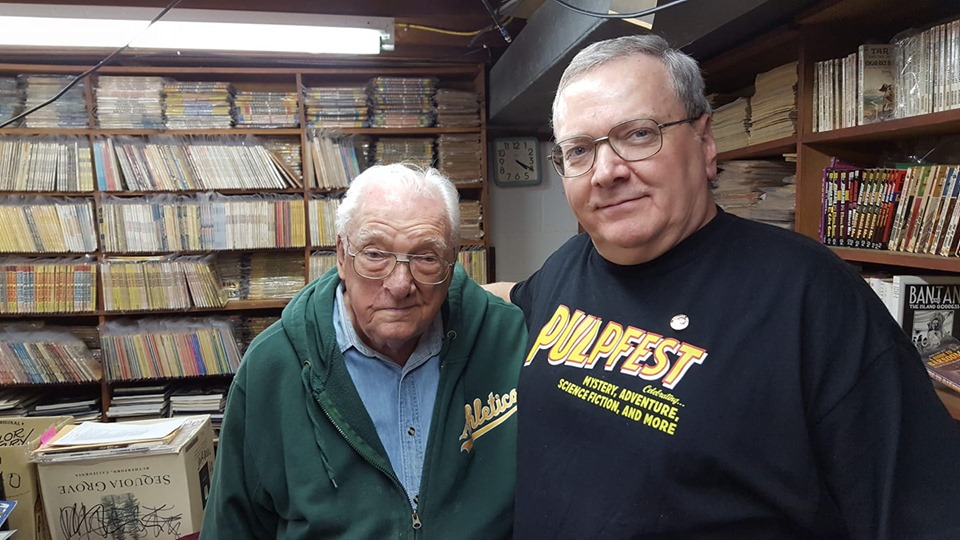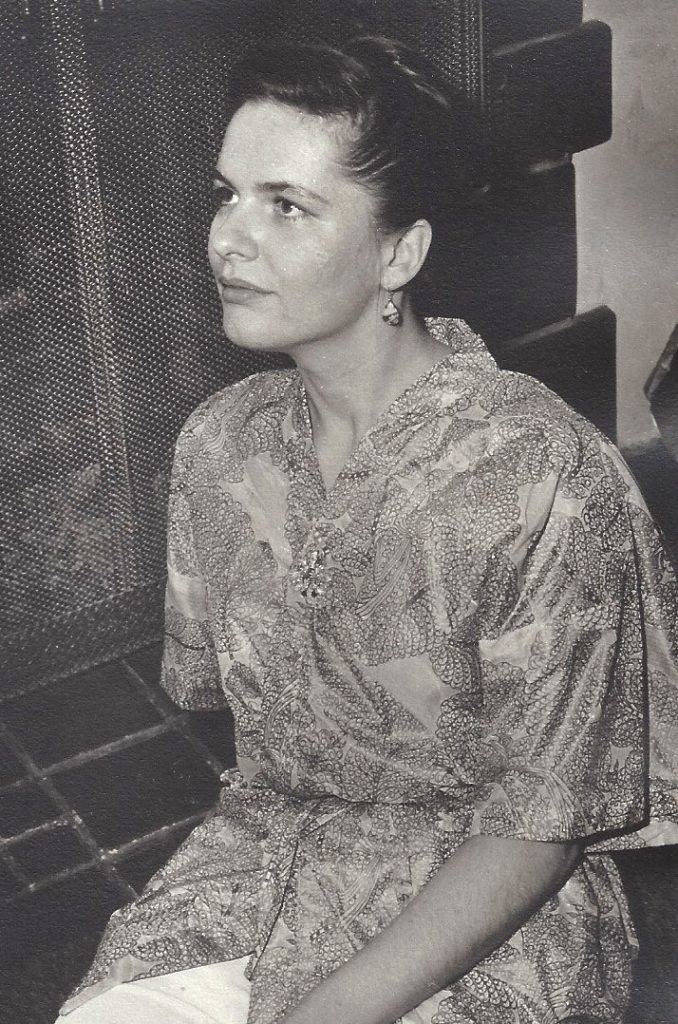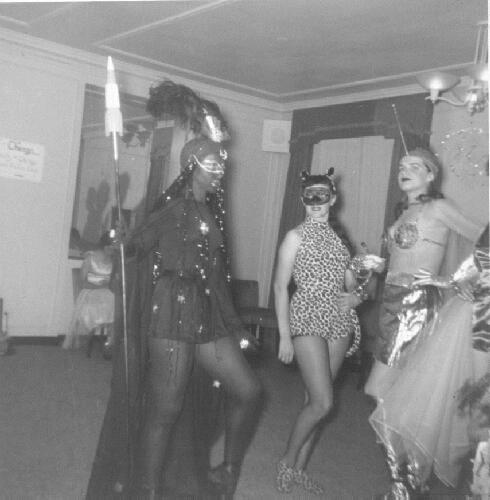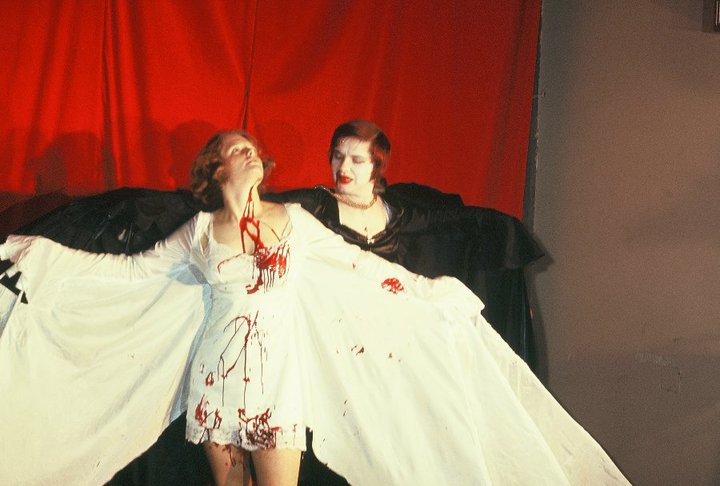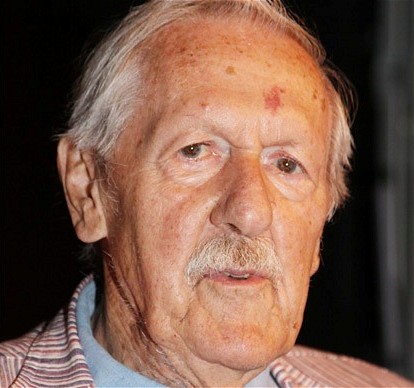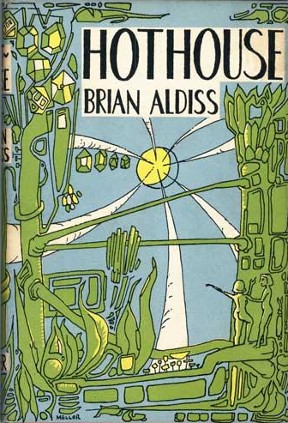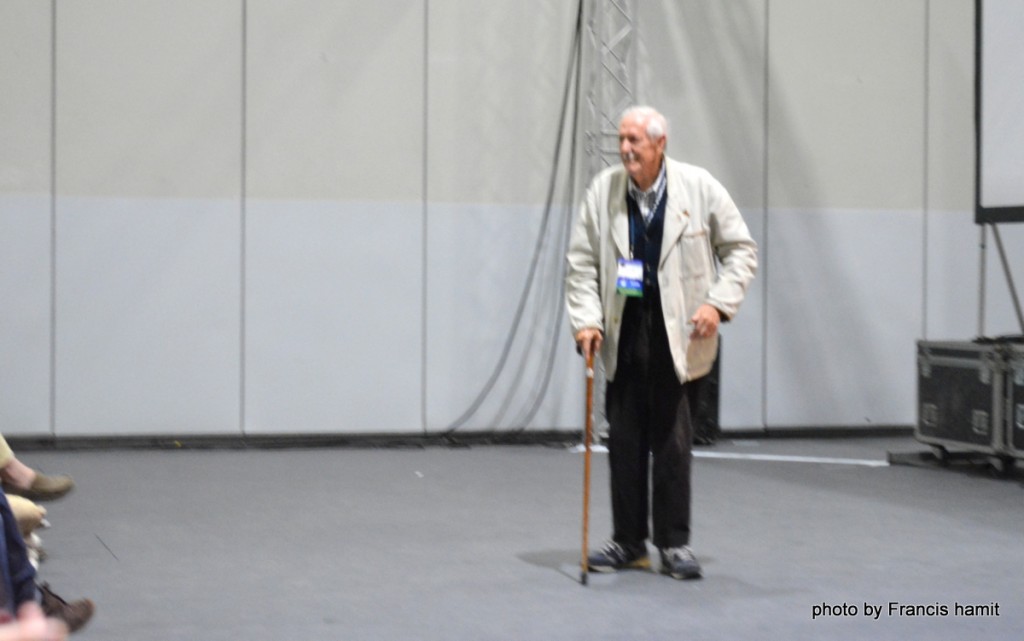By Rich Lynch: Once in a while, just for the fun of it, I do Internet research to find out what happened to science fiction fans who were active in past decades. And with Chicon 8 now looming on the temporal horizon it seems appropriate to tell you about someone whose relatively brief stay in fandom began in the same year as the second Chicon.
His name is Joel Nydahl, and back about the time of that Chicon he was a 14-year-old neofan who lived with his parents on a farm near Marquette, Michigan. He was an avid science fiction reader and at some point in 1952 decided to publish a fanzine. It was a good one.
He named it Vega, after the bright star, and after a modest first few issues it gained enough acclaim where he was able to get contributions from some of the most famous fans of the day: Marion Zimmer Bradley, Dean Grennell, Juanita Wellons, Lynn Hickman, Bill Venable, Jack Harness, Wilkie Conner, Fred Chappell, Shelby Vick, Gregg Calkins, Bob Tucker, Robert Bloch, Bob Silverberg, and Harlan Ellison. By the middle of 1953, Vega had become known as the best monthly fanzine and for a crowning achievement (after huge amounts of effort and no small expense) Nydahl published his 12th issue as an over-the-top ‘annish’ to mark a full year of its existence. At 100 pages of top-notch material and with a wonderful three-color cover by Margaret Dominick it was something the likes of which had rarely ever been seen in fandom before.
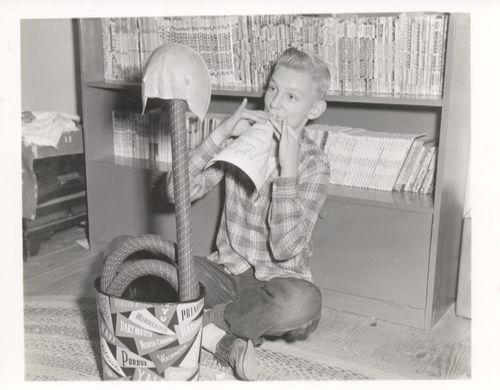
But there had been a cost. Even though it had resulted in “letters of the wildest praise”, as Nydahl described it, there was never another issue after that – he dropped from sight and departed fandom. Nydahl much later wrote that “I remember only that once the Vegannish was in the mail, I had no interest in putting out a thirteenth issue; nor, strangely, did I have an urge to read any more science fiction.” His departure from fandom was so precipitous that the cause became known as ‘Nydahl’s Disease’, which according to Fancyclopedia 3 is “the diagnosis of any fan who gafiates amid or immediately after any big fannish project”.

Nothing further was heard from Nydahl for another 48 years and then, at the 2001 Philadelphia Worldcon, he resurfaced. Several weeks prior to the convention he had been located by an Internet search and had then been contacted via email by both Robert Lichtman and Ted White. This had intrigued him sufficiently to where he decided to attend Philcon because, as he described it, he found he was interested “in meeting old friends and rehashing old times with individuals whom I fondly remembered”. Nydahl was at the convention for only one day, but his presence was almost immediately noticed with amazement by several fanzine publishers and fanhistorians who were there. And after that he was gone again, back to his life in mundania as head of the English Department at Broward College in Florida. But he left us all a parting gift, an article in Lichtman’s fanzine Trap Door (issue 21, March 2002) which described in detail his brief career in fandom and what he had experienced during his one day at Philcon. It’s a good read.
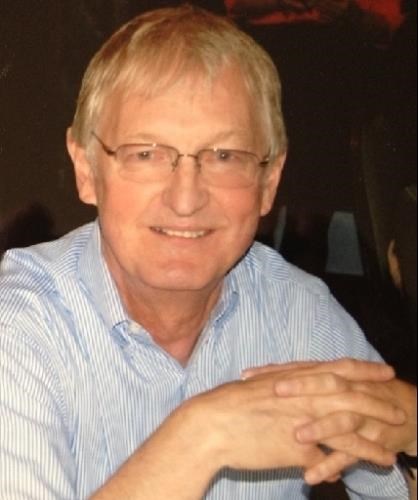
And now, twenty years later, I found Joel Nydahl’s obituary in a web search – he had passed away on May 15, 2019 “following a brief illness”. Turns out that after departing fandom in 1953 he had turned his attention to academia and other interests. Following graduation from high school he went on to earn a degree in English from the University of Michigan and some years later a doctorate in American Studies. His obit describes him as having had a “sense of adventure and curiosity [which] took him from his hometown of Marquette, MI, to more than 15 countries around the world where he lived and taught English”. The obit concluded by stating that: “Joel had a terrific sense of humor, occasional corny jokes included, was a loving and sensitive husband and will be greatly missed and always loved by his wife and their many friends.”
I’m glad I got to meet him, if only briefly – I was one of those amazed fan publishers and fan historians at Philcon. We talked just for a couple of minutes, as he was heading off to try to find someone he knew during his days in fandom. I remember that Ted White took a photo of the two of us, but alas I can no longer find it. No matter, the memory of the encounter is enough.
I’m writing this because I want you all to remember him too. Vicariously, in this case, as I very much doubt there are many people left in fandom who have ever met him in person. Joel Nydahl was one of the many notable fans of the fabulous 1950s, and fandom was blessed by his presence. He was a bright shining star – just like Vega.
Note: You can read Joel Nydahl’s Trap Door essay at fanac.org: https://www.fanac.org/fanzines/Trap_Door/Trap_Door21.pdf. Issues of Vega are also online at fanac.org: https://fanac.org/fanzines/Vega/

